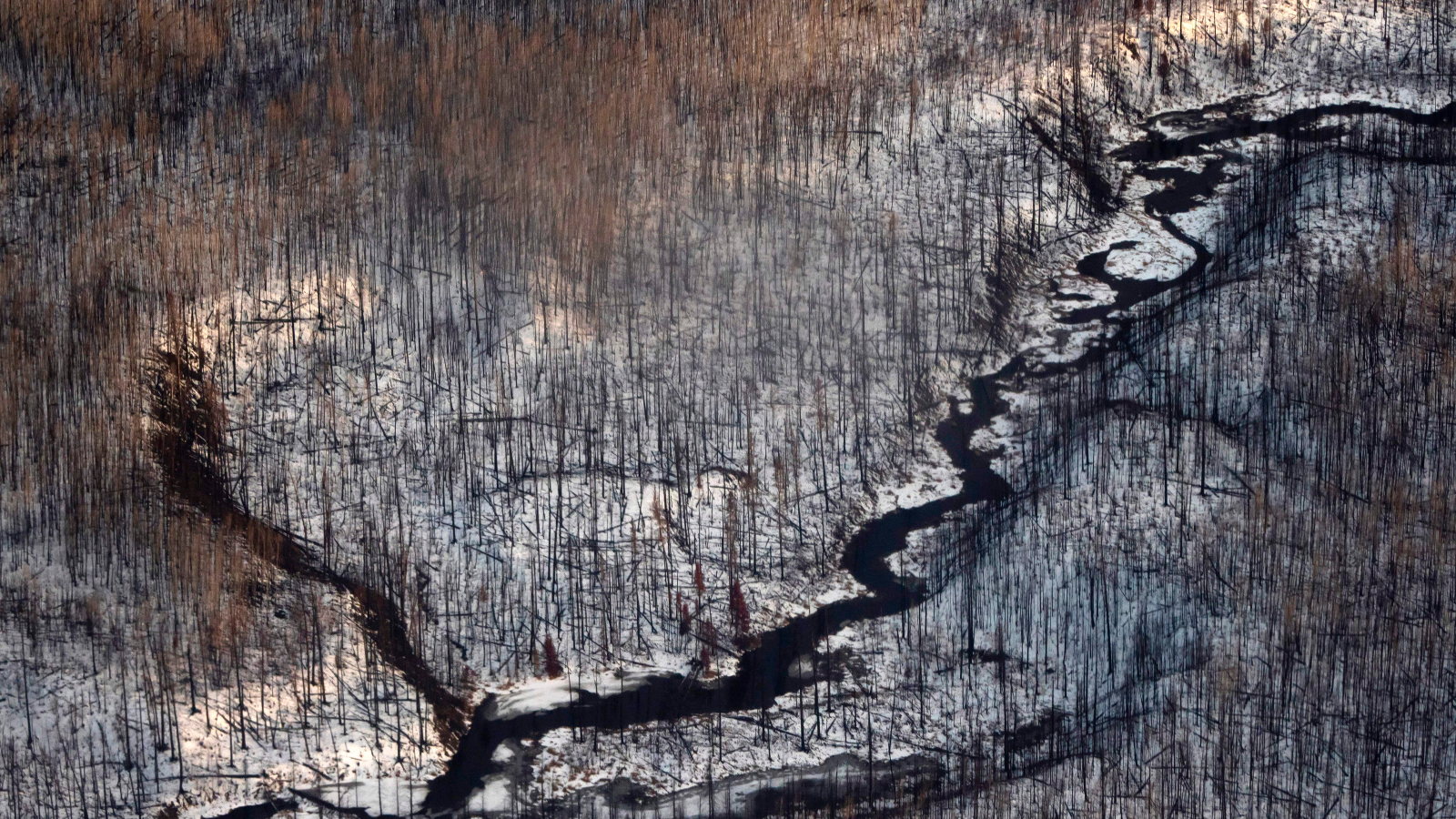From 2007 to 2017, land-based ecosystems like the vast boreal forests of Canada and the Amazon rainforest removed roughly a third of anthropogenic carbon emissions from the atmosphere. According to a slate of new scientific research published this week in Nature, however, the threats that climate change poses to these terrestrial carbon sinks are greater than previously understood.
A new study from a research team at the University of Michigan found that even a relatively small temperature increase of 1.6 degrees Celsius associated with climate change can have drastic effects on the dominant tree species in North American boreal forests, including reduced growth and increased mortality.
“Our results spell problems for the health and diversity of future regional forests,” University of Michigan forest ecologist Peter Reich, who led the study, told the University of Michigan news office.
This vast and nearly entirely intact boreal forest biome, stretching across the Canadian landmass and some of the northern U.S., below tundra and above more temperate forest, consists primarily of coniferous spruce, pine, and fir species. The research team found that modest warming increased juvenile mortality in all nine tree species common in boreal forests, and that it also severely reduced growth in northern conifer species such as balsam fir, white spruce, and white pine.
While the study also found that increased warming boosted the growth of some broadleaf hardwood species like certain oaks and maples, which are more common in the temperate south, these trees are probably too sparse to take the place of disappearing conifers. The ecosystem is likely to enter an entirely “new state,” according to the study.
“That new state is, at best, likely to be a more impoverished version of our current forest,” Reich told the university news office. “At worst, it could include high levels of invasive woody shrubs, which are already common at the temperate-boreal border and are moving north quickly.”
The five-year experiment used infrared lamps and soil-heating cables to heat thousands of spruce, pine, and fir seedlings at two University of Michigan forest sites in northeastern Minnesota. Seedlings were heated around the clock in the open air, from early spring to late fall, at two different potential projections of near-term temperature increases.
Reich, who is the director of the Institute for Global Change Biology at the University of Michigan’s School for Environment and Sustainability, elaborated that boreal forests may be reaching a tipping point at which even modest global warming creates a feedback loop that not only reduces the ability of boreal forests to support healthy plant, microbial, and animal biodiversity, but also their ability to remove and store carbon.
Additional research published in Nature this week found that climate change is driving spruce trees into swaths of Arctic tundra that haven’t hosted trees in thousands of years, and yet another study added to worries about the resilience of the Amazon rainforest to climate change.



